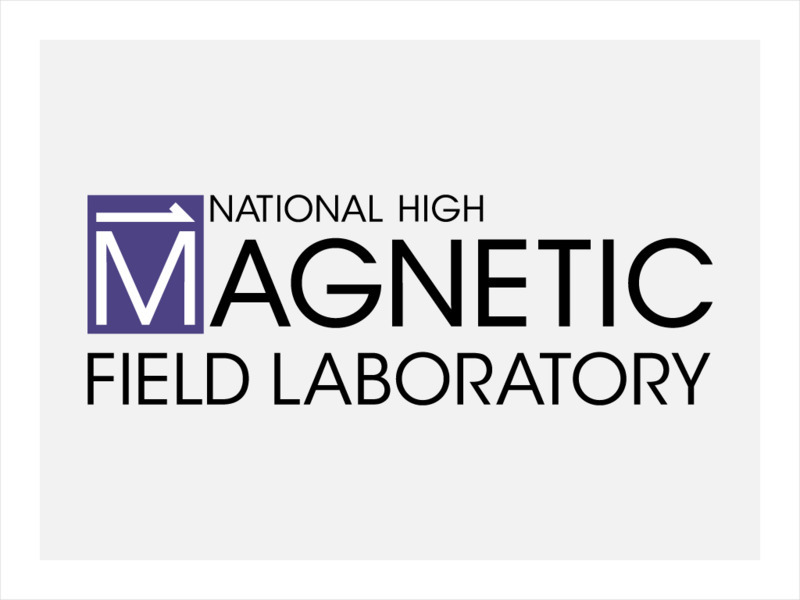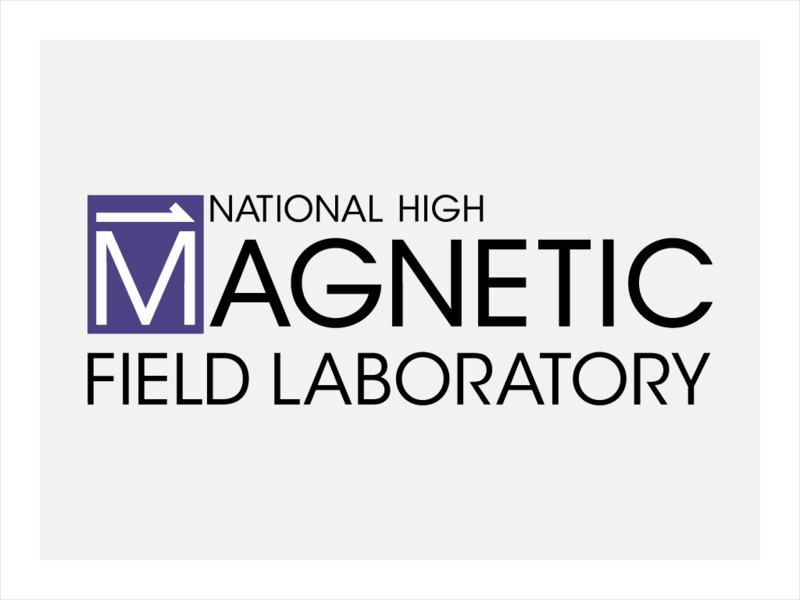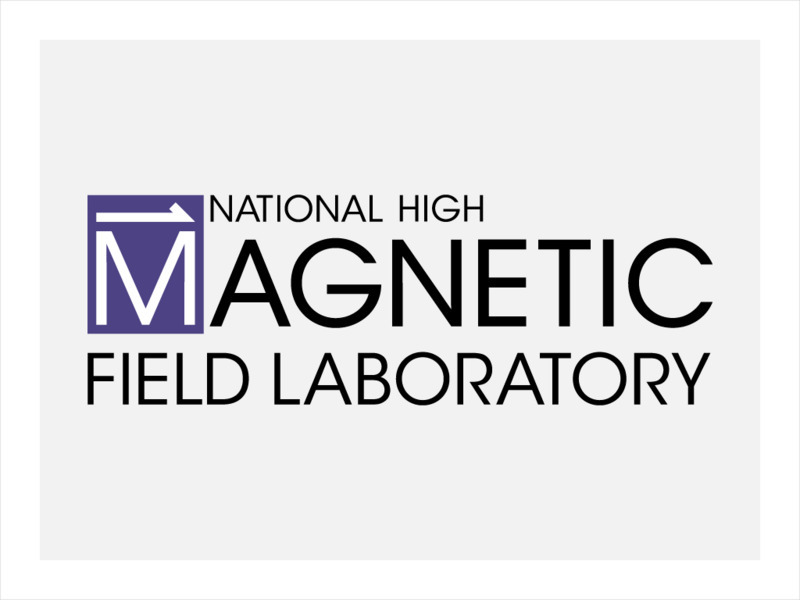Florida State University
Florida State University: Magnet Lab: Faraday Cage
A faraday cage is an important tool for some scientists at the MagLab. But they don't work with it: they work inside it.
Florida State University
Florida State University: Magnet Lab: Dilution Refrigerators
Dilution fridges owe their cooling power to the incredible element helium. This animation illustrates how dil fridges exploit the element's properties to make things very, very cold.
Florida State University
Florida State University: Magnet Lab: Atmospheric Pressure Photoionization (Appi)
In the APPI technique, UV light photons are used to ionize sample molecules.
Florida State University
Florida State University: Magnet Lab: What Is a Dewar?
What are those big, silver containers that scientists push down the Magnet lab hallways? Find out what these devices are in this short article.
Florida State University
Florida State University: Magnet Lab: What Is a Bus Room?
The MagLab's bus tunnel has an aluminum track, but it doesn't carry passengers: it carries electricity, up to 56 megawatts of it.
National High Magnetic Field Laboratory
Magnet Academy: Foucault's Disk
Leon Foucault, a French physicist much better known for his pendulum demonstrating the rotation of the Earth, also created in 1855 a device that illustrated how eddy currents work. (Java tutorial)
National High Magnetic Field Laboratory
Magnet Academy: Fourier Transform Ion Cyclotron Resonance (Ft Icr)
FT-ICR is a powerful type of mass spectrometry, co-invented by the Magnet Lab's Alan Marshall, particularly suited to identifying heavy molecules. (Java tutorial)
National High Magnetic Field Laboratory
Magnet Academy: Galvanometer
This tutorial illustrates how a galvanometer, an instrument that detects and measures small amounts of current in an electrical circuit, works. (Java tutorial)
National High Magnetic Field Laboratory
Magnet Academy: Guitar Pickup
Keith Richards and Eric Clapton owe their fame and fortune (in part) to electromagnetic induction. (Java tutorial)
National High Magnetic Field Laboratory
Magnet Academy: Audion
In 1906, American physicist Lee De Forest invented the Audion (or triode), building on John Fleming's discovery of the diode just a few years before.
National High Magnetic Field Laboratory
Magnet Academy: Arc Lamp
Invented decades before it could be used, the first type of electric light was so brilliant it was used for lighthouses and street lamps.
National High Magnetic Field Laboratory
Magnet Academy: Alternating Current
Alternating current behaves differently, depending on what components are in a circuit.
National High Magnetic Field Laboratory
Magnet Academy: Emf in Inductors
Electromotive Force (EMF) and its sidekick, back EMF, are interesting electromagnetic phenomena that aren't really forces at all. (Java tutorial)
National High Magnetic Field Laboratory
Magnet Academy: Daniell Cell
English chemist John Frederick Daniell came up with a twist on the simple voltaic cell that resulted in a longer-lasting source of power.
National High Magnetic Field Laboratory
Magnet Academy: Current Flow
This tutorial illustrates how the flow of water through a system of pipes can be used to understand the flow of current through an electric circuit.
National High Magnetic Field Laboratory
Magnet Academy: Electromagnetic Deflection in a Cathode Ray Tube, Ii
Many people interact with cathode ray tubes for part, if not most, of the day without having a clue how they work. Here's the inside scoop. (Java tutorial)
National High Magnetic Field Laboratory
Magnet Academy: Electromagnetic Deflection in a Cathode Ray Tube, I
Discovering how cathode rays behave in a magnetic field was a big step forward for scientists trying to understand the mysterious phenomenon. (Java tutorial)
National High Magnetic Field Laboratory
Magnet Academy: Capacitor
A capacitor is similar to a battery in that both store electrical energy. But a capacitor can't actually produce new electrons; it only stores them.
National High Magnetic Field Laboratory
Magnet Academy: Bullet Speed
This tutorial takes a shot at explaining how circuits can be used to measure things beyond the capacity of human senses.
National High Magnetic Field Laboratory
Magnet Academy: Barlow's Wheel
English mathematician Peter Barlow devised an instrument in 1822 that built on advances from earlier in the century (including the invention the battery) to create a very early kind of electric motor.
National High Magnetic Field Laboratory
Magnet Academy: Dc Motor
Electric motors turn electricity into motion by exploiting electromagnetic induction.
National High Magnetic Field Laboratory
Magnet Academy: Faraday's Ice Pail
Out of a humble ice pail the great experimentalist Michael Faraday created a device to demonstrate key principles of attraction, repulsion and electrostatic induction. (Java tutorial)
National High Magnetic Field Laboratory
Magnet Academy: Faraday Motor
Just a year after electromagnetism was discovered, the great scientific thinker Michael Faraday figured out how to turn it into motion. (Java tutorial)
National High Magnetic Field Laboratory
Magnet Academy: Electrostatic Generator
Though simple by today's standards, the early electrostatic generators were a great milestone in humankind's understanding of electricity, allowing scientists to produce electricity so they could study it. (Java tutorial)





















